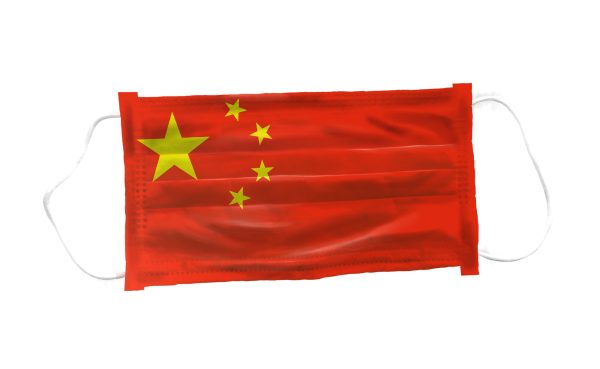China’s futile attempts to erase of Tiananmen Square Massacre
Last December, authorities in Hong Kong removed the ‘pillar of shame,’ an iconic memorial dedicated to the Tiananmen Square massacre of 1989. The memorial designed by Danish sculptor Jens Galschiøt symbolized the ruthless killings committed by the Chinese Communist Party (CCP) and the Peoples Liberation Army (PLA) in June 1989 when thousands of students gathered in central Beijing demanding political reforms and democracy. The day is thought to be one of the bloodiest political crackdowns in modern history.
Three decades down the line, memories of that massacre still haunt the CCP. In the immediate aftermath of the massacre, the party claimed moral high ground by characterising the protests as ‘counter-revolutionaries.’ Chinese state television reinforced that propaganda by beaming images of violence committed by these ‘counter-revolutionaries’ against the PLA in various parts of the capital. Yet, the party is still concerned about that momentous event’s legacy, unsure whether its propaganda has worked.
Therefore, the CCP has made many attempts to erase the incident from public consciousness over the years by creating a sort of ‘cultural amnesia.’ Chinese history textbooks rarely mention the incident and instead focus on historical incidents which portray China’s experience of being a victim of foreign subjugation. Likewise, textbooks in Hong Kong included for the first time reference to the massacre in 2004 but excluded any reference to the violent crackdown of the democracy movement or the fact that unknown numbers of students, Beijing residents, and soldiers were killed when the military moved into the city centre.
Every year when the anniversary of the massacre approaches, there is a usual crackdown on human rights activists, and authorities ensure that the day passes like any other day. However, in Hong Kong till a few years ago, the situation was different as the pro-democracy activists used to hold an open candlelight vigil till about 2019. The city’s pro-democracy activists regarded this open celebration of the massacre as a sign of defiance against the CCP and Beijing, which flexed muscles over the city’s residents.
But in the last two years, citing the Covid-19 pandemic, authorities have disallowed any gathering. But clearly, the pandemic is just an excuse for the authorities, as last year, they arrested the organisers of the vigil under the draconian national security law enacted in 2020. They even seized materials from a temporary exhibit on Tiananmen that the organisers used to set up every year.
The removal of the ‘pillar of shame’ from a university in Hong Kong is just one of the many examples of CCP’s growing displeasure when it comes to mentioning Tiananmen. Days later, Lingnan University in the city took down the Tiananmen Square Massacre sculpture for the “general interest of the university community.” Similarly, Chinese-born New Zealand artist Chen Weiming’s ‘Goddess of Democracy’ sculpture was also removed from The Chinese University of Hong Kong. Ironically all these authoritarian moves come when China has exercised a great degree of repression in Hong Kong, in what was once an ‘oasis of liberty,’ in the desert of authoritarianism.
Looking back at 1989 and now that Hong Kong’s democratic future has been consigned to the flames, it appears that the Tiananmen Square massacre was only a precursor of CCP’s “slow but steady turn toward totalitarianism, now so starkly evident.”
After all, the massacre allowed the CCP to put its house in order and elevate a new set of leadership, out of which the current General Secretary Xi Jinping has come. Xi Jinping has only set new standards of authoritarianism and repression his predecessors could only imagine. Though, to the credit of Xi’s predecessors, both Deng Xiaoping and Jiang Zemin instituted patriotic education campaigns because they grasped the significance of legitimacy based on nationalism. As former Indian foreign secretary Vijay Gokhale, in his book `Tiananmen Square; The Making of a Protest; A Diplomat Looks Back’ has noted that the events of 1989, reinforced the CCP leadership’s belief that the party needed to reinvigorate its ideological focus and ensure that every youth knows that the CCP has done good for them and the country.
While economic realities may have changed, in many ways, politically, things have remained the same for those on the mainland. In 1989, ordinary Chinese lacked the right to vote and could not freely criticise the government. Three decades later, the situation is the same. In fact, the CCP’s heavy hand has extended beyond its borders to intimidate, threaten, and cajole those who criticise its human rights record and its repression in Tibet, Xinjiang, and Hong Kong. Its so-called ‘wolf warrior diplomacy’ is the epitome of this approach. But when it comes to Tiananmen, there are enough dynamics to keep memories of that dreadful summer alive in the hearts and minds of the Chinese who may have remained silent but who continue to yearn for democracy and freedom.











